Less Clutter, More Joy: Downsizing Tips for Seniors

Last Updated on July 3, 2025 by Rose Ann
Ready to transform your living space and embrace a more intentional lifestyle? Downsizing isn’t just about moving to a smaller home—it’s about creating space for what truly matters in this exciting chapter of your life. Whether you’re preparing for retirement, seeking financial freedom, or simply craving a simpler way of living, smart downsizing strategies can help you achieve your goals while maintaining comfort and style.
This comprehensive guide explores proven techniques to help you evaluate your belongings thoughtfully, maximize space with clever furniture solutions, and navigate the emotional aspects of letting go. You’ll discover how to digitize precious memories, find meaningful new homes for cherished items, and embrace the liberating art of living with less—without sacrificing the things that bring you joy.
Research shows that downsizing can lead to improved health, increased sense of security, and greater well-being for mature adults. With the number of seniors in the United States expected to grow to 80 million by 2040, more people are discovering the benefits of intentional living.
From practical tips on multipurpose furniture to emotional strategies for parting with sentimental items, this guide addresses every aspect of downsizing. You’ll learn how to create organized systems, involve family members meaningfully, and turn what might feel like a daunting task into an empowering journey toward freedom and simplicity.
Ready to discover how downsizing can enhance your quality of life? Let’s explore the strategies that will help you create a home that perfectly reflects your current priorities and dreams.
Scaling Down: Smart Downsizing Strategies for Senior Homeowners
As we enter our retirement years, the concept of downsizing becomes increasingly relevant and appealing. For many mature adults approaching or enjoying retirement, the prospect of simplifying living spaces and streamlining possessions represents both an opportunity and a challenge.
Downsizing can feel overwhelming initially, yet it’s often essential for individuals seeking a more manageable lifestyle and a fulfilling retirement experience. This journey toward intentional living offers numerous benefits, from financial savings to reduced maintenance responsibilities, allowing you to focus on the experiences and relationships that matter most.
Prefer to listen rather than read?
Assess Your Space: Keep Essentials
Beginning your downsizing journey requires a systematic approach to evaluating your current living situation and possessions. After decades of accumulating belongings, it’s natural to feel overwhelmed by the sheer volume of items you’ve collected over the years. However, with thoughtful organization and confident decision-making, you can create a comfortable and uncluttered living environment.
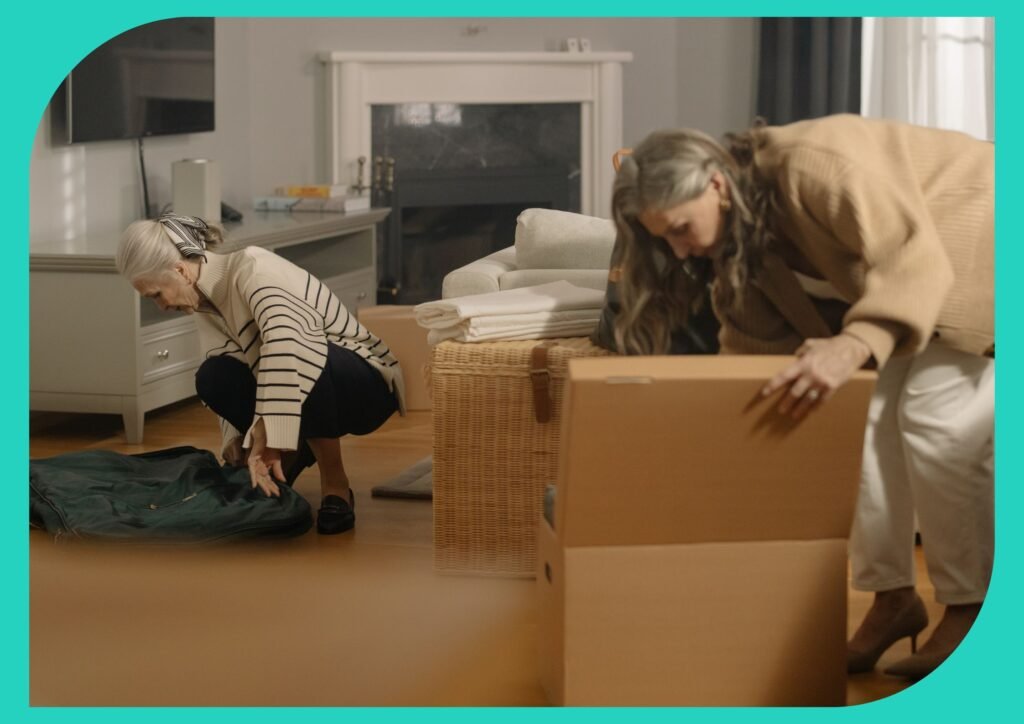
Ask the Essential Question: “Does This Enhance My Life?”
The fundamental question to guide your downsizing process is: “Does this item currently enhance my life?” This question encourages you to evaluate each possession based on its present-day relevance and contribution to your well-being.
Begin by surveying your living space and taking inventory of items you’ve accumulated over time. As you examine each belonging, consider its current purpose and relevance in your lifestyle. Do you really need ten cooking utensils when you typically use only two or three? Are five sets of bed linens necessary when you could manage comfortably with two?
By questioning each item’s necessity, you can begin to prioritize effectively and make confident decisions about what deserves space in your new, simplified environment.
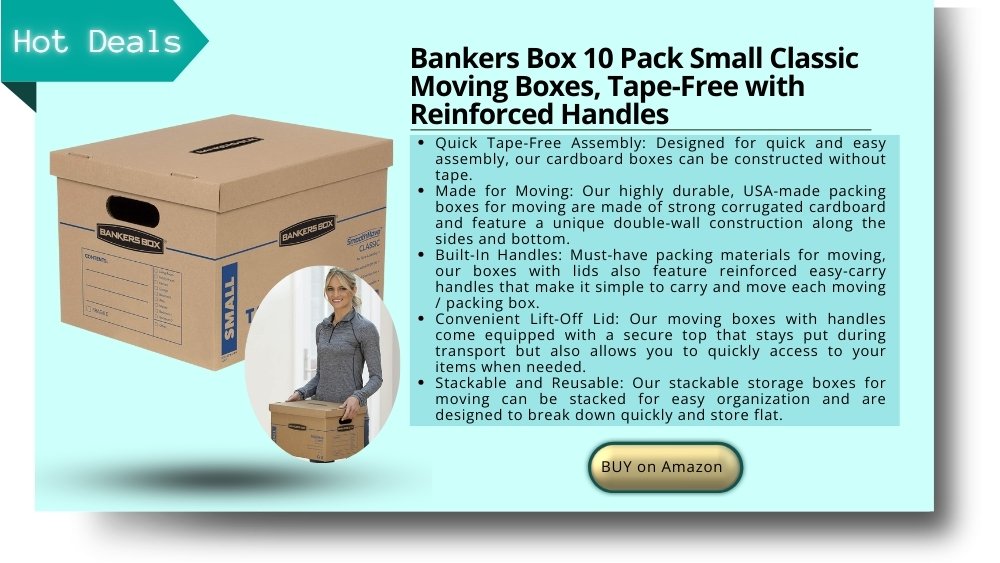
Focus on Items That Serve Practical Purposes
Instead of being overwhelmed by an abundance of belongings, focus on preserving items that truly bring joy and serve practical purposes. These are the possessions that contribute to your well-being and enhance your daily life.
It could be a cherished artwork that evokes positive emotions, an heirloom china set that carries sentimental value, or a comfortable armchair where you find solace and relaxation. These items deserve a place in your downsized home.
By downsizing and letting go of excess, you create a more tranquil and organized living environment. With fewer possessions, you’ll experience a greater sense of spaciousness and ease within your home. Visual clutter can often lead to mental clutter, making it challenging to focus and find peace of mind.
By simplifying your belongings, you also free up mental space, allowing you to concentrate on the most significant things in life—such as relationships, experiences, and personal growth.
The Mental Health Benefits of Simplification
Feeling sad or feeling a sense of grief during downsizing is absolutely normal no matter how much you believe you’re making the right decision. Acknowledging these emotions while focusing on the positive outcomes can help you navigate this transition successfully.
By reducing excess possessions, you create a more tranquil and organized living environment. With fewer items to manage, you’ll experience greater spaciousness and ease within your home. Visual clutter often contributes to mental overwhelm, making it challenging to focus and find peace of mind.
Simplifying your belongings also frees up mental energy, allowing you to concentrate on life’s most meaningful aspects—relationships, experiences, personal growth, and the activities that bring you genuine satisfaction.
Get Creative: Multipurpose Furniture
Exploring multipurpose furniture represents one of the most effective downsizing strategies for creating functional, stylish living spaces. This approach maximizes utility while maintaining comfort and aesthetic appeal, allowing you to enjoy both form and function in every piece.
Coffee Table With Built-in Storage Compartments
Imagine a coffee table that serves multiple functions beyond providing a surface for your beverages. Modern coffee tables with built-in storage compartments allow you to organize magazines, books, remote controls, and other essentials while keeping them easily accessible. This solution maintains a clutter-free living room while ensuring frequently used items remain within reach.
Convertible Sofa Bed
A quality sofa bed serves double duty as comfortable daytime seating and a cozy sleeping area for visiting family members or grandchildren. This versatile piece eliminates the need for a separate guest room while providing flexibility for your living arrangements. Choose models with comfortable mattresses and easy conversion mechanisms to ensure both functions work well.

Foldable Dining Tables
Foldable or expandable dining tables offer spacious surfaces for family meals and entertaining while conserving space when not needed. These tables can be adjusted to accommodate intimate dinners for two or expanded for holiday gatherings, then stored compactly to maintain an open floor plan.
Maximizing Every Square Foot
Multipurpose furniture optimizes your living space while enhancing both functionality and visual appeal. Each carefully chosen piece serves multiple purposes, maximizing every square foot while reducing both physical and mental clutter.
Don’t let downsizing concerns overwhelm you. Instead, embrace the opportunity to create a more intentional living space with furniture that combines functionality, style, and space-saving capabilities.
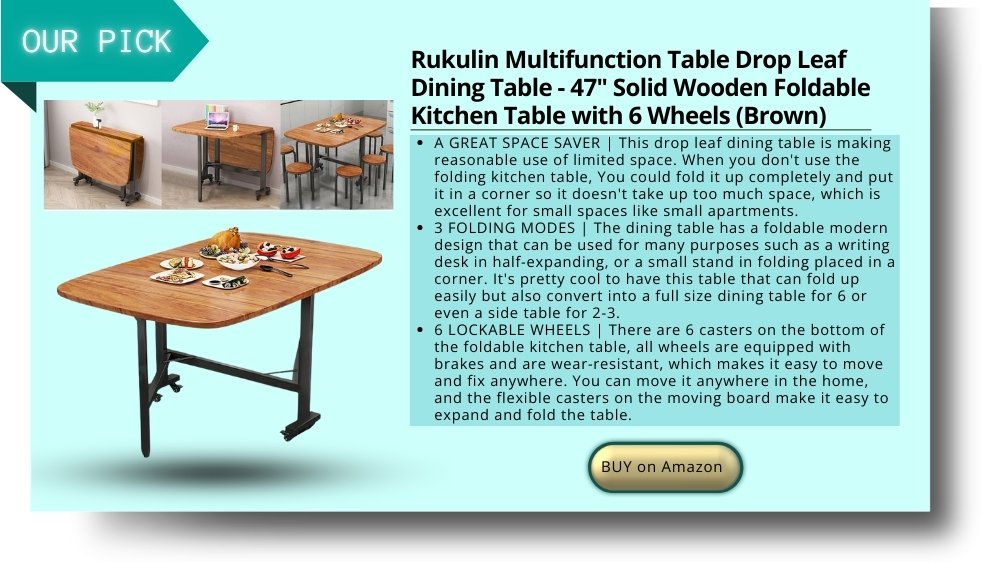
Don’t Be Afraid to Purge
One of the most empowering aspects of downsizing involves learning to let go of items that no longer serve your current lifestyle. While releasing belongings might initially seem challenging, this process often becomes liberating and transformative.
Thoughtful decluttering involves consciously evaluating your possessions and making intentional choices about what adds genuine value to your life. Over the years, we naturally accumulate items due to sentimental attachments, past interests, or the belief that we might need them someday. However, as you enter this new life chapter, it’s valuable to reassess whether these possessions align with your current lifestyle and goals.
Sentimentality Matters When Downsizing
It’s completely natural to feel emotional connections to your belongings, but learning to separate memories from objects is crucial during downsizing. Take time to reflect on each item and honestly evaluate whether it fits your current lifestyle and future plans.
When decluttering, keep items that actively contribute to your happiness and daily life. Consider donating or gifting belongings that no longer serve you but could bring joy to others. This approach isn’t about eliminating everything you own—it’s about thoughtfully curating possessions that align with your current values and lifestyle.
Remember that downsizing is an ongoing process of evaluation and reassessment as your needs and priorities evolve. Embrace this journey and enjoy the newfound freedom that comes with creating space for what truly matters.
Digitize Photos and Documents
While physical possessions often receive primary attention during downsizing, digitizing photos and documents represents an extremely effective strategy for reducing clutter while preserving important memories and information.
Creating Digital Archives
Converting physical photos and documents to digital formats frees up significant storage space while reducing household clutter. Digital files can be stored on computers, external hard drives, or cloud services, eliminating the need for bulky photo albums and filing cabinets.
Digitizing offers peace of mind through secure backup options and ensures easy access from any internet-connected device. In emergencies or when you need quick access to important documents, digital copies provide convenience and security that physical documents cannot match.
Modern Digitizing Solutions
Today’s technology makes digitizing more accessible and user-friendly than ever. High-quality scanners can convert printed photos and documents into digital files, preserving their content while eliminating physical storage needs. Mobile apps now allow you to capture and digitize photos using your smartphone, often including features like automatic cropping and enhancement.

Organizing Your Digital Collection
Approach digitizing systematically by sorting and organizing photos and documents before scanning. Categorize items by themes, dates, or importance to ensure your digital collection remains well-structured and easily navigable. Add descriptive tags or labels to facilitate quick searches and retrieval.
Backup and Security
Once you’ve digitized your materials, create backup copies in multiple locations. Store digital files on external hard drives and cloud storage services to protect against data loss and ensure your precious memories and important documents remain safe for years to come.

Find New Homes for Belongings
One of the most fulfilling downsizing strategies involves finding appropriate new homes for cherished belongings. While parting with sentimental items might initially seem difficult, this process often brings deep satisfaction to both you and the recipients.
Old Items, New Purpose
Consider belongings that have been stored unused for years—antique furniture, classic books, vintage clothing, or other treasured possessions. Rather than allowing them to collect dust, imagine the joy they could bring to someone who would actively use and appreciate them.
Donate Items to Organizations That Give Value to Your Items
Local libraries, museums, and charitable organizations often welcome unique and vintage items that enhance their collections or serve educational purposes. Your antique furniture might find a perfect home in a historical society, classic books can provide knowledge and enjoyment to library patrons, and vintage clothing might be used for educational displays or community theater productions.
By donating thoughtfully, you contribute to cultural preservation and community enrichment while ensuring your belongings continue to bring value to others.
Family and Friend Connections
Consider the interests and needs of family members and friends when finding new homes for your possessions. A grandchild starting college might appreciate extra textbooks or school supplies. A friend passionate about music might treasure your vinyl record collection. A neighbor interested in gardening could benefit from your unused tools and equipment.
Thoughtful Placement
Approach this process with consideration and care. Take time to identify individuals or organizations that would genuinely appreciate and benefit from your offerings. Reach out to potential recipients to gauge interest and explore possibilities. By ensuring items find appropriate homes, you can feel confident they will be valued and used meaningfully.
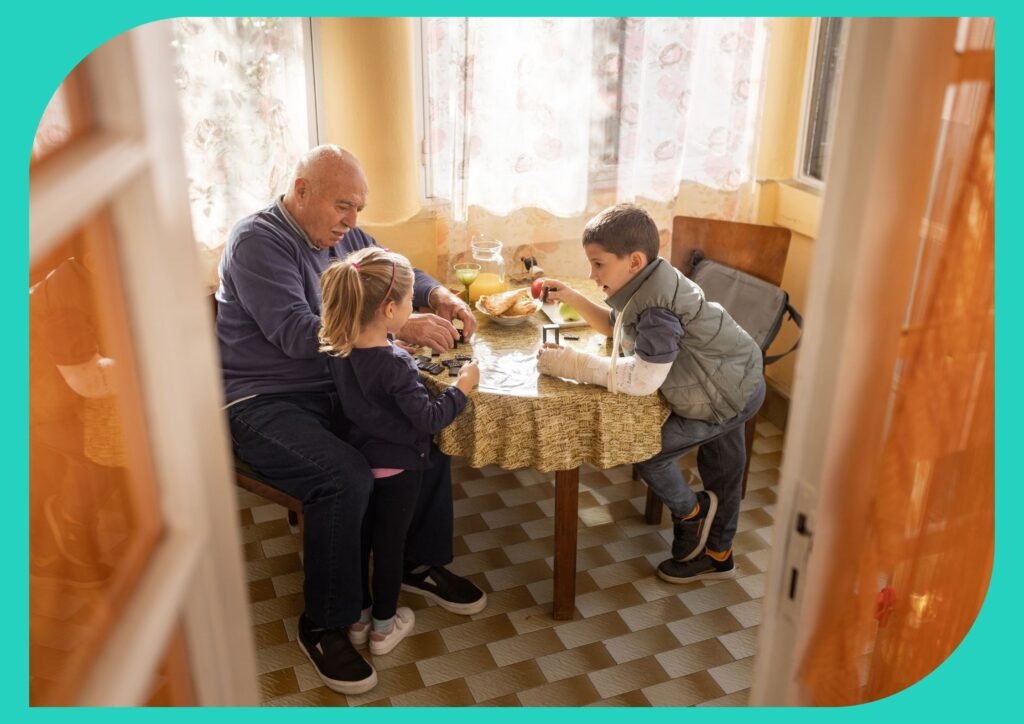
Embrace the Art of Living With Less
Perhaps the most transformative downsizing strategy involves embracing the philosophy of living with less. As we journey through life, accumulating possessions and attachments is natural, but there comes a point when excess belongings can become burdensome and prevent us from fully enjoying life.
Donate Your Old Clothes to Those in Need
Start by evaluating your wardrobe. Clothes you haven’t worn in years or that no longer fit can find new life with someone who truly needs them. Donate these items to local shelters or charitable organizations. You’ll create more closet space while experiencing the satisfaction of knowing your clothes are helping others.
Think About the Neglected Exercise Equipment
Consider exercise equipment, hobby supplies, or tools that have been gathering dust. If these items have gone unused for months or years, it’s time to let them go. Sell or donate them to someone who will put them to good use. This action declutters your space while providing opportunities for others to pursue fitness or hobbies.
Donate Books to Libraries, Schools, or Community Centres
Examine your bookshelves critically. Are they overflowing with books you’ve already read or are unlikely to read again? Share the knowledge and enjoyment these books can provide by donating them to libraries, schools, or community centers. While letting go of books can feel difficult, knowing that others will discover and appreciate them often proves deeply rewarding.
Declutter Not Just Possessions, but Also Your Minds
Living with less extends beyond physical possessions to include mental decluttering. Take time to reflect on thoughts, worries, and attachments that occupy mental space unnecessarily. Release negative emotions, grudges, and regrets that no longer serve your well-being.
Embrace gratitude and focus on present-moment experiences. By clearing mental clutter, you create space for peace, clarity, and new possibilities that enhance your quality of life.
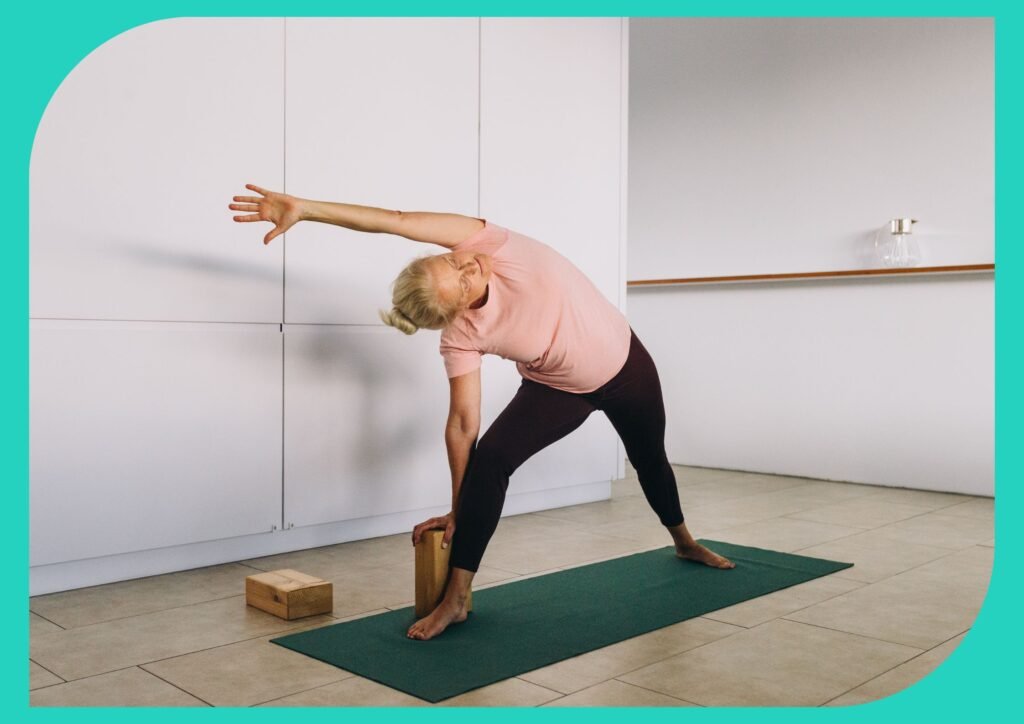
The Joy of Simplicity
Embracing the freedom of less opens doors to new adventures, meaningful connections, and a lighter, more fulfilling lifestyle. This journey isn’t about deprivation—it’s about consciously choosing to release the unnecessary to make room for what truly matters.
Experience the relief, satisfaction, and joy that come from letting go of excess and creating space for experiences, relationships, and activities that align with your current values and goals.
The Take Away
Downsizing represents one of life’s most liberating journeys, offering the opportunity to create a living space that perfectly reflects your current priorities and dreams. By thoughtfully evaluating your belongings, embracing creative solutions, and finding meaningful new homes for cherished items, you’re not just simplifying your physical space—you’re making room for the experiences and relationships that bring genuine fulfillment.
Are you ready to begin your downsizing journey, or have you already started simplifying your living space? What strategies have worked best for you, and what challenges have you encountered along the way? Share your experiences and tips in the comments below—your insights could help fellow readers navigate their own downsizing adventures!
Frequently Asked Questions About Downsizing
- When is the right time to start downsizing?
- The ideal time varies for each person, but common triggers include approaching retirement, experiencing difficulty maintaining your current home, wanting to reduce expenses, or simply desiring a simpler lifestyle. Start the process gradually—you don’t have to wait for a specific milestone.
- How do I decide what to keep when everything seems important?
- Focus on items you’ve used in the past year and those that actively contribute to your current lifestyle. Ask yourself: “Does this enhance my daily life?” and “Would I buy this again today?” Items that fail these tests are often safe to release.
- What should I do with family heirlooms that none of my children want?
- Consider offering them to extended family members, donating to historical societies or museums, or selling valuable pieces and using the proceeds for something meaningful. Document the stories behind heirlooms with photos and written histories before letting them go.
- How can I manage the emotional difficulty of letting go of possessions?
- Acknowledge that feeling sad or nostalgic is completely normal. Focus on the positive outcomes, reduced maintenance, lower costs, and more freedom. Consider keeping one meaningful item from a collection rather than everything, and remember that memories live in your heart, not in objects.
- Should I downsize before moving to a retirement community?
- Yes, downsizing before moving makes the transition much easier. Most retirement communities have space limitations, and moving fewer items reduces stress and costs. Start decluttering at least six months before your planned move.
- How do I handle valuable items I no longer need?
- Get professional appraisals for potentially valuable items like antiques, jewelry, or collectibles. You can sell through auction houses, consignment shops, or online platforms. Consider the tax implications of large sales and consult with a financial advisor if needed.
- What’s the best way to digitize old photos without losing quality?
- Use a high-quality scanner (at least 600 DPI) for photos you want to preserve long-term. For large quantities, consider professional digitizing services. Organize digital files by year or event, and always create backup copies on external drives and cloud storage.
- How do I involve my adult children in the downsizing process?
- Start conversations early about your plans and ask what items they might want. Give them reasonable deadlines to claim belongings, and be clear about your timeline. Respect their decisions if they don’t want certain items. They may not have space or attachment to things you treasure.
REFERENCES
- Administration for Community Living (ACL). Senior Population Growth Projections. Retrieved from senior living industry statistics.
- Bourestom, N., & Pastalan, L. (1981). The effects of relocation on the elderly: A reply to Borup, Gallego, and Heffernan. The Gerontologist, 21(1), 4-7.
- Castle, N. G. (2001). Relocation of the elderly. Medical Care Research and Review, 58(3), 291-333.
- Choi, N. G. (1996). The never-married and divorced elderly: Comparison of economic and health status, social support, and living arrangement. Journal of Gerontological Social Work, 26(1-2), 3-25.
- Elder Care Alliance. (2023). Downsizing Coping Tips For Seniors. Retrieved from eldercarealliance.org
- Jungers, C. M. (2010). Leaving home: An examination of late-life relocation among older adults. Journal of Counseling & Development, 88(4), 416-423.
- Kling, K. C., Seltzer, M. M., & Ryff, C. D. (1997). Distinctive late-life challenges: Implications for coping and well-being. Psychology and Aging, 12(2), 288-295.
- National Council on Aging. (2024). Downsizing for Aging in Place Guide. Retrieved from ncoa.org
- Nygren, C., & Iwarsson, S. (2009). Negotiating and effectuating relocation to sheltered housing in old age: A Swedish study over 11 years. European Journal of Ageing, 6(3), 177-189.
- Sergeant, J. F., Ekerdt, D. J., & Chapin, R. (2010). Measurement of late-life residential relocation: Why are rates for such a major event so varied? Journals of Gerontology Series B: Psychological Sciences and Social Sciences, 65(1), 92-104.
- Senior Lifestyle. (2021). The Upside of Downsizing. Retrieved from seniorlifestyle.com





